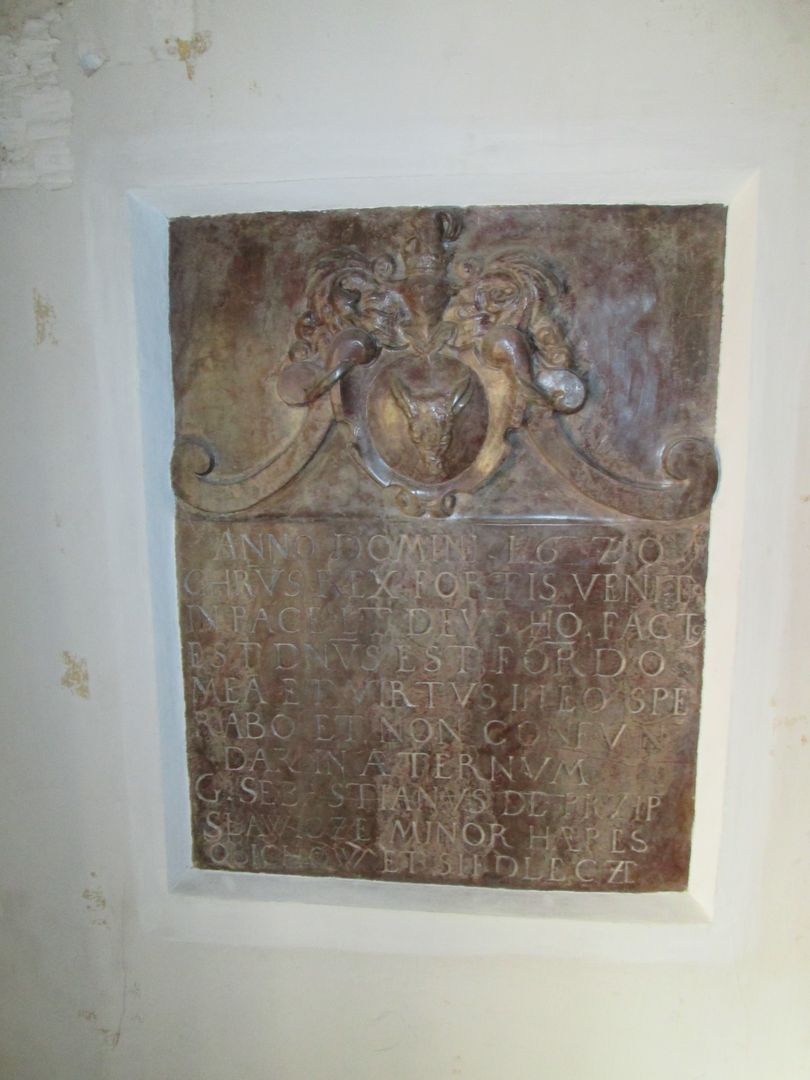Sielec Castle
7.2

Overview
Sosnowiec's Sielecki Castle, situated on the left bank of the Czarna Przemsza River, is a historic fortress whose origins likely date back to the 15th century. Originally a fortification, it was rebuilt in 1620 by Sebastian Minor of the Półkozic coat of arms into a four-wing layout, enhanced with corner towers. Constructed from broken stone and brick, the castle underwent several reconstructions; significant changes occurred after a fire in 1824, when part of the structure was demolished and the moat was filled in, transforming the castle into a three-wing, horseshoe-shaped building with an open courtyard. Architecturally, it stands out for its projections and distinctive roofs—gable roofs with tented spires on the towers and a hipped roof on the chapel, topped with an onion-domed turret. The preserved chapel features a barrel vault with geometric stucco decoration, reflecting the rich interior ornamentation.
The castle's history is exceptionally rich and frequently linked to notable figures. After the Minors, the castle was managed by the Modrzewski and Tęgoborski families, among others. In the 18th century, it was owned by Colonel Michał Żuliński, followed by Jordan Stojewski, a chamberlain of the royal court. In 1802, the castle passed into the hands of a Prussian general, and after his death in 1812, it was acquired by the Prince of Pszczyna. Following reconstruction in 1832 and subsequent renovations, the castle served various functions in the 20th century, including as an office building and a museum. A comprehensive renovation was carried out between 1977 and 1980, and since 2002, the castle has operated as the Sosnowiec Art Center, hosting exhibitions and cultural events. An interesting fact is that for many years, the castle housed the Museum of Contemporary Glass and also served as a central glass showroom. Renovations in 2015 and 2022 restored its historical splendor, making it one of Sosnowiec's most important landmarks and a cultural hub for the region.
Location
2025 Wizytor | All Rights Reserved